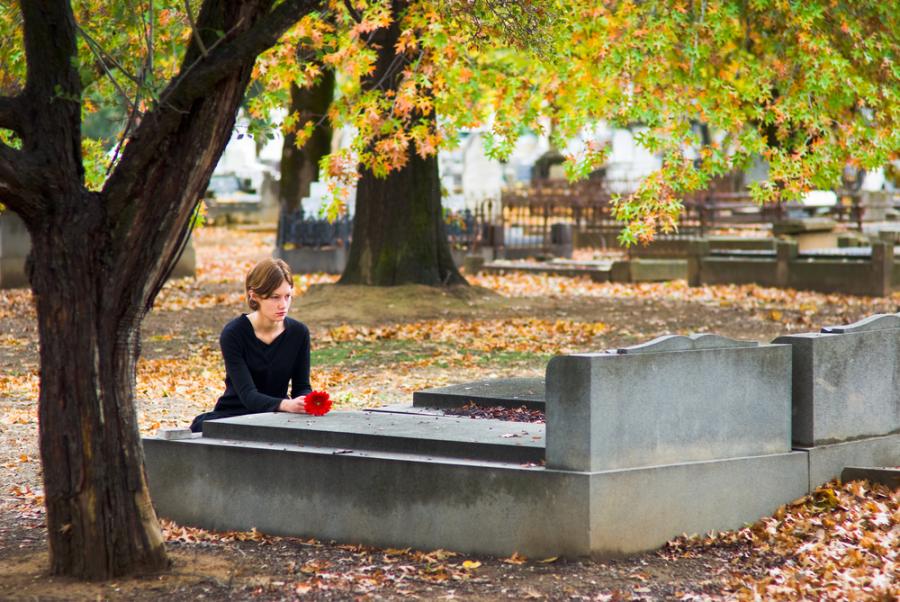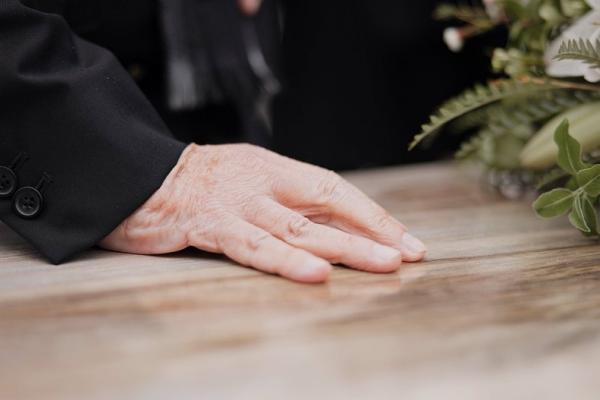
The mourning profession: learn about plañideras and their history
What are plañideras? In Spain, you may have heard this word at some point and you may also have an idea of what their role was. In this article, Áltima will introduce you to the curious origin and history of plañideras. You will also discover if they still exist today.
What are plañideras and what was their role at funerals?
The meaning of ‘plañidera’ according to the RAE is: ‘a woman who is summoned and paid to mourn at funerals’. It is also used as an adjective to mean ‘tearful and pitiful’.
So, what is a plañidera? Essentially, it was a woman who was hired to weep and sob when a person died. This had to be done in an inconsolable manner for several days.

History and origin of plañideras
The origin of plañideras can be traced back thousands of years. They emerged in Egypt and continued for centuries, spreading to many other parts of the world.
The Egyptian origin of plañideras can be traced back to Isis, the mother goddess, who wept inconsolably at the death of her husband Osiris, who was murdered by his brother Seth. Following this mythological lead, the first plañideras appeared and were also represented in Egyptian art during that period.
The term plañidera, in fact, comes from the Latin plangere which means ‘to sob’.
In Christianity, women were already depicted in art with tears, as was the case with Mary Magdalene or the Virgin Mary. By contrast, however, the custom of weeping in choirs was banned in order to avoid stigmatising women as weepers, or ‘lloronas’ in Spanish, which, incidentally, is the term used in Mexico for plañideras.
Therefore, plañideras have been present in various cultures throughout the ages. Their weeping formed part of the funeral ritual that was a way of spreading weeping and provoking the catharsis of mourning. This became for them a form of sustenance, a profession that was not suitable for men, as males were assumed to be strong and not prone to show weak emotions.
Plañideras in Spain
The history of plañideras in Spain is also interesting. The most popular place for plañideras was in Galicia where they were known as ‘choronas’.
These women ‘sold’ their tears at funerals and would take their task seriously, to the point of studying the life of the deceased person in depth. Generally, they would not even know the deceased, but would mourn their loss as if they were their own family, with intense weeping that sought to ‘elevate their soul’ to heaven.
They were very common, especially in towns, until the Catholic church decided to eradicate them in the mid-18th century, excommunicating any woman who came to mourn at funerals in exchange for money. Curiously, however, this concept was revived with the global economic crisis of 2008.
This trade from the Middle Ages, extinct for two centuries, was revived in Spain to try to salvage the finances of many housewives in times of crisis. Some priests in rural parishes gave their approval and were flexible so that families could earn an extra income.
The new plañideras did not only work at funerals, but also on All Saints‘ Day, All Souls’ Day and on anniversaries of people's deaths. But their role in these cases was slightly different. They would go to the cemetery, clean the gravestone, change the flowers and pray for the deceased.

Do plañideras still exist today?
The plañidera was a profession that in ancient Egypt was passed down from mother to daughter. This meant that the tradition was maintained in many corners of the world for centuries.
However, the Catholic Church decided to put an end to these excessive displays of sadness and weeping at funerals, but this did not put a definitive end to the profession of mourning and grieving.
Nowadays, plañideras still exist in some parts of the world, albeit on a more ad hoc basis. In fact, in Spain you can find ‘choronas’ in Galicia and ‘eristoriak’ in the Basque Country. Their crying, however, is much more discreet than it was in the past.
In Mexico, there are still ‘lloronas’, although the profession is now on the verge of extinction. And in China, they still hire actors to accompany relatives when a person dies.
It was strange to see the plañideras when North Korean dictator Kim Jong-il died in 2011. Thousands of them mourned in public during his funeral. On this occasion, however, it was not only women who mourned, but men also as all citizens were obliged to take part in the act.
How much would it cost to hire a plañidera in the past?
In the past, the more plañideras there were at a funeral, the more important and wealthier the deceased person was. It is difficult, however, to determine how much a plañideras would be paid in the past.
We do know that, when the profession was revived in Spain after the 2008 crisis, they were paid between 20 and 30 euros. This was not limited to mourning at funerals, but also involved additional tasks that the families of the deceased delegated to them, such as the maintenance of the gravestone.
More recently, the concept of the plañidero (this time also in male form) has been maintained in certain parts of Europe, and they are paid around 60 euros for mourning at funerals.


